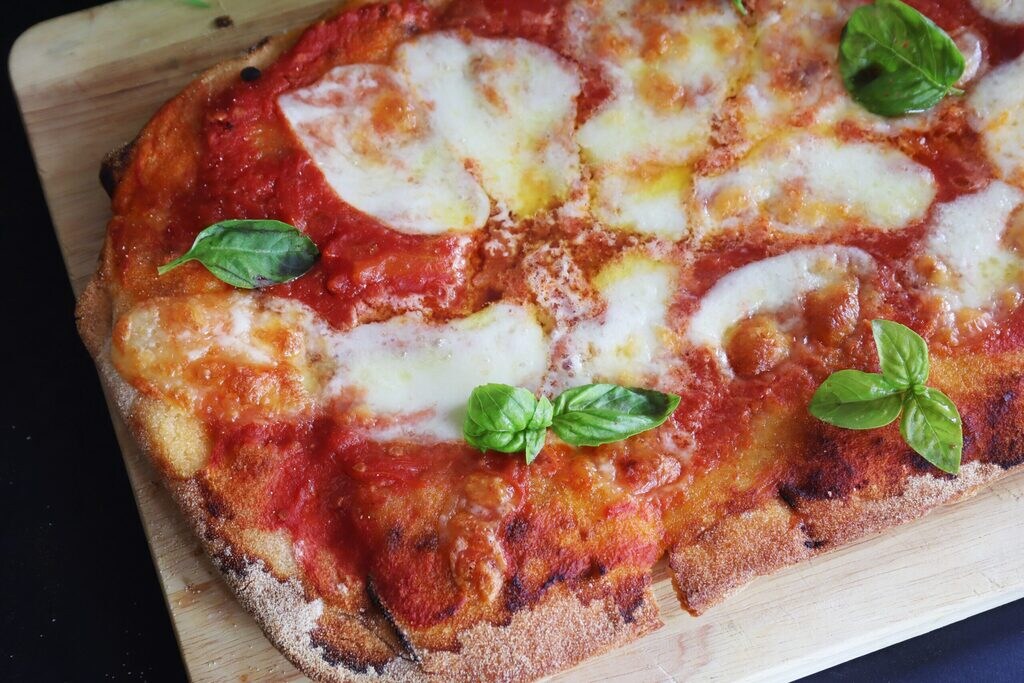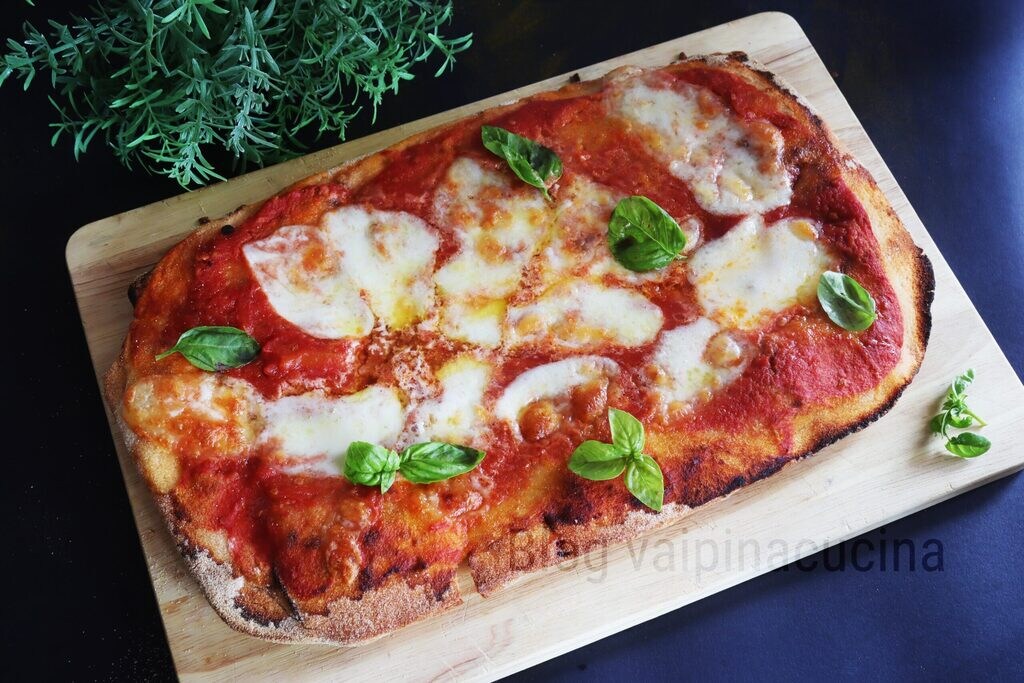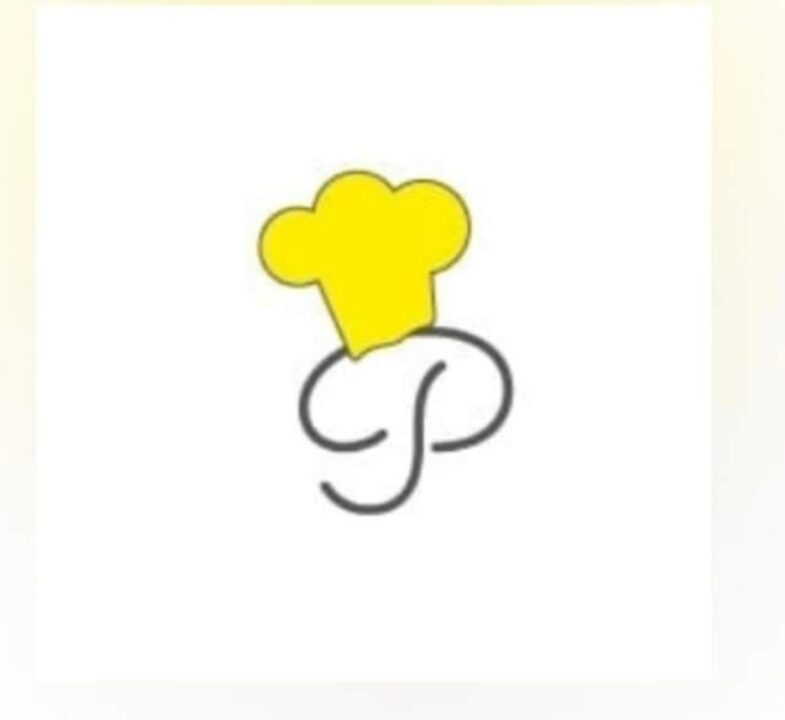Pinsa with mozzarella and tomato, a dinner filled with joy, that’s how it is when pinsa is on the menu. Have you ever wondered what the differences are between pinsa and pizza? The ingredients of pinsa are a mixture of flours such as soy flour, rice flour, and spelt or wheat flour, and water with yeast. The classic pizza that we all know is simply prepared with water, flour, and of course, yeast. Pinsa, besides being soft inside thanks to the presence of rice flour, is also crispy outside. The mixtures of flours also make it more digestible compared to pizza with just wheat flour. The high hydration and long fermentation make the difference from pizza. The origins of Roman pinsa date back to ancient Rome; the grains that weren’t sold because they were leftovers were mixed together and went to peasant families.

- Difficulty: Very Easy
- Cost: Economical
- Preparation time: 5 Minutes
- Portions: 2
- Cooking methods: Oven
- Cuisine: Italian
- Seasonality: All Seasons
- Energy 863.87 (Kcal)
- Carbohydrates 72.30 (g) of which sugars 5.75 (g)
- Proteins 41.21 (g)
- Fat 45.83 (g) of which saturated 19.46 (g)of which unsaturated 9.50 (g)
- Fibers 5.79 (g)
- Sodium 1,599.55 (mg)
Indicative values for a portion of 210 g processed in an automated way starting from the nutritional information available on the CREA* and FoodData Central** databases. It is not food and / or nutritional advice.
* CREATES Food and Nutrition Research Center: https://www.crea.gov.it/alimenti-e-nutrizione https://www.alimentinutrizione.it ** U.S. Department of Agriculture, Agricultural Research Service. FoodData Central, 2019. https://fdc.nal.usda.gov
Ingredients
- 1 package Roman pinsa
- 300 g tomato pulp
- 250 g mozzarella
- 30 g extra virgin olive oil
- 1 teaspoon salt
- 2 sprigs basil
Tools
- Baking tray
Steps
A quick and tasty alternative is to prepare pinsa with mozzarella and tomato with the already prepared and pre-cooked base that is found in the fresh section in the refrigerator of all major and minor distributions.
I prepare it like this, first I turn on the oven and when it reaches temperature, 430°F, I bake the plain pinsa and let it cook for 10 minutes. After the time has passed, I take out the pinsa and dress it with the tomato pulp (already cooked with salt and evo oil) and the mozzarella cut into strips, salt, and evo oil and bake it again for another 10 minutes. Once ready, I serve the pinsa with mozzarella and tomato garnished with basil leaves.

FAQ (Questions and Answers)
Why is it called Roman Pinsa?
The name Roman Pinsa comes from the Latin verb pinsere which means to stretch, exactly the action done by those who prepare the pinsa and thus stretch the dough to lay it on the baking tray

